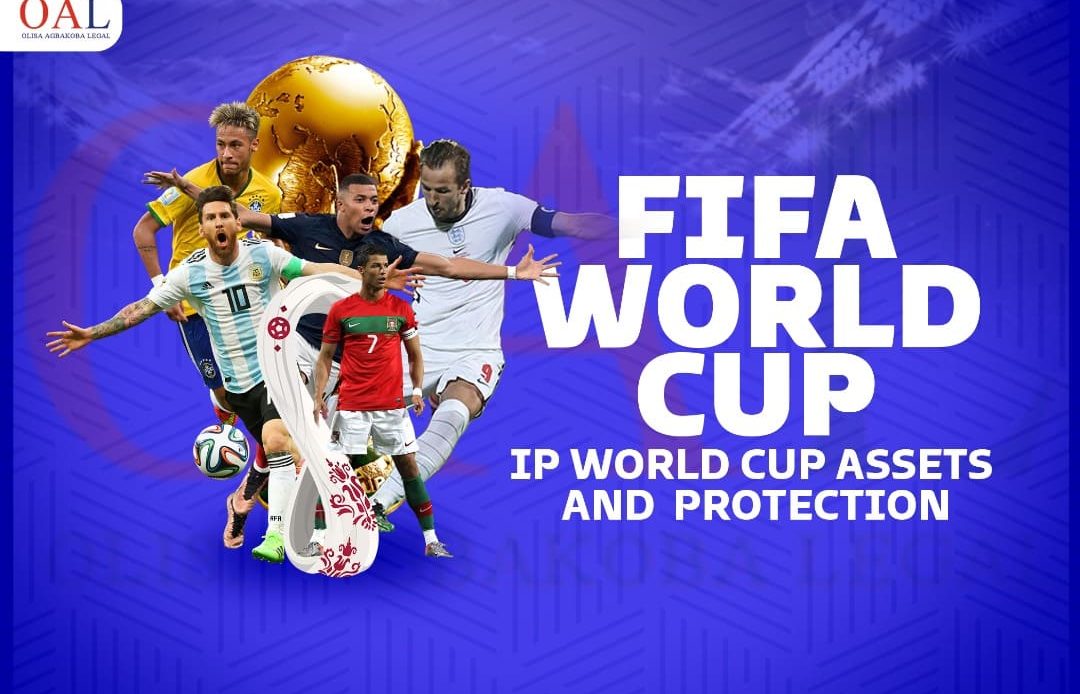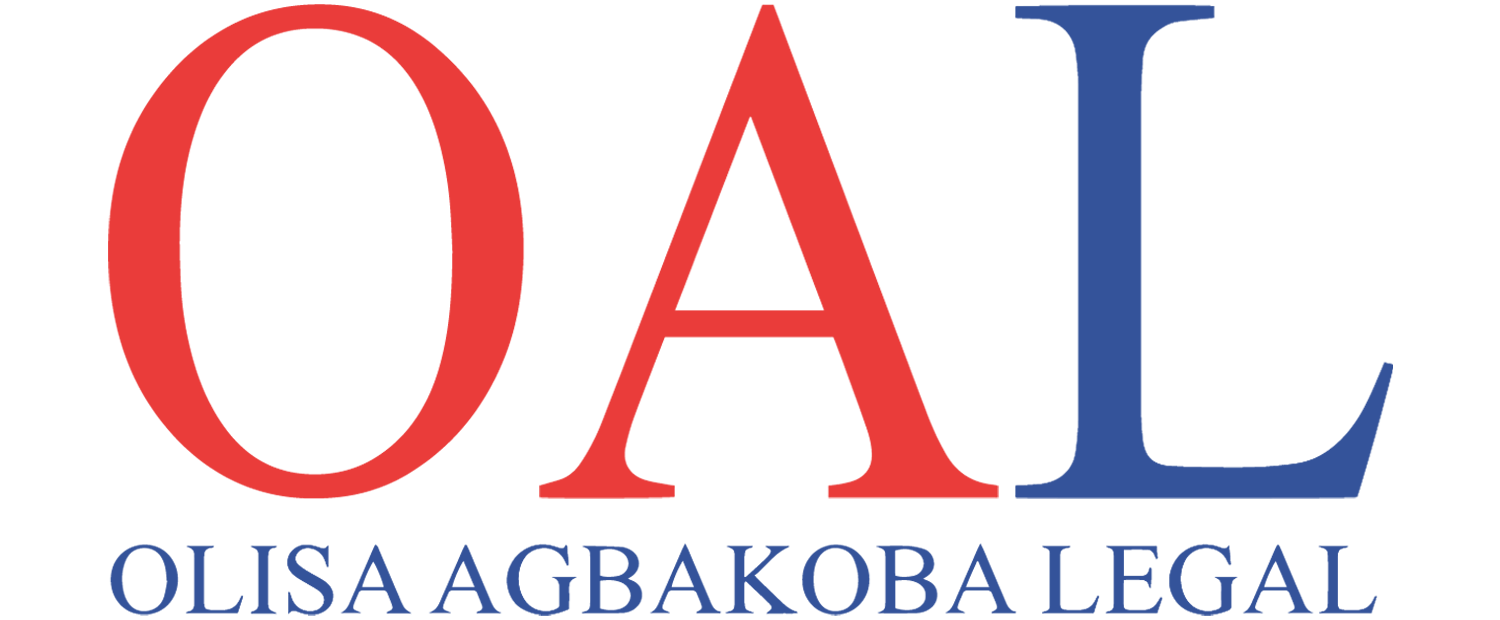
The FIFA World Cup tournament is one of the most iconic football competitions in the world, reaching and inspiring fans all across the world. The FIFA World Cup top-tier event that attract significant investment, involves large number of stakeholders and generates a great employment. The FIFA World Cup is considered a high-value business ventures significantly because FIFA’s intellectual property (IP) is protected in territories around the world by copyright, trademark and/or other forms of intellectual property and laws such as unfair competition, passing off and any other relevant legislation. Consequently, the Qatari Legislator issued a set of legislations in regard to the FIFA World Cup 2022 (Law number 11 of 2021 on the protection of trademarks, copyrights and related rights of Fédération Internationale de Football Association “FIFA”).
FIFA member nations have been creating unique IP since the games commenced in the 1950s. There have been many memorable and iconic mascots and themes since its inception. A tournament brand suite unique to each host country is Co created with FIFA . The suite typically includes an Official Emblem, Official Look and Official Mascot, Official Slogan, Official Poster, Host City Posters and more.
For the 2022 games, the Qatari Legislator issued a set of laws pertaining to the FIFA World Cup 2022 (Law number 11 of 2021 on the protection of trademarks, copyrights, and related rights of the Fédération Internationale de Football Association “FIFA”). These laws help to protect the IP rights and the unique brand suite in the jurisdiction.
These IP rights are regarded as FIFA key brand assets, and they symbolise the cornerstone of FIFA’s commercial programme. Approximately 88 per cent of the total revenue generated by the FIFA World Cup™ competitions between 2010 and 2014 came from the sale of these rights. For the 2011 to 2015 financial period, FIFA estimates total revenues of USD 5 billion, of which USD 2.7 billion will come from the sale of TV broadcasting rights (54 per cent) and USD 1.9 billion from marketing (38 per cent). Revenue from the sale of marketing rights is made up of investments from commercial partners and licensing revenue.
Official Mascots not only serve to promote the event and entertain the crowd in the stadium, but also become worldwide “celebrities” in their own right through their extensive use by the Commercial Affiliates of the FIFA World Cup for licensing and merchandising programmes.
The first Official Mascot was introduced at the 1966 FIFA World Cup — ‘Willie’, a British lion was decked out in the Union Jack flag. As well as being a ‘live’ Mascot, he appeared as a cartoon character and he was the subject of the Official World Cup song.
CONCLUSION
The key revenue source for these events is supported by IP protection. A significant portion of revenue is generated by the sale of broadcasting rights protected by international copyright treaties and national laws, as well as marketing projects and licensing agreements supported by rights to trademarks, industrial designs, and patents (which protect innovative technologies).
[maxbutton id=”1″ url=”https://oal.law/data/uploads/2022/12/FIFA-World-Cup-–-IP-World-Cup-Assets-and-Protection.pdf” text=”Download Article” ]
